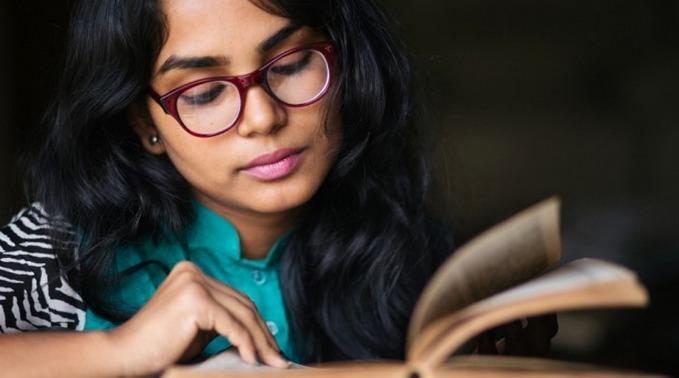First published in Daily Life, August 2015
Nancy Larrick had a knack for asking timeless questions. In her landmark 1965 essay ‘Children’s books: Still an all-white world?‘, the American educator and founder of the International Reading Association surveyed 5,200 books published between 1962 to 1965 and found that only 6.4 per cent included African-American characters in the illustrations. “Across the country, 6,340,000 nonwhite children are learning to read and to understand the American way of life in books which either omit them entirely or scarcely mention them,” she writes. “There is no need to elaborate upon the damage – much of it irreparable…”.
Larrick’s essay was published half a century ago, but its manifesto could have been written today. A June 2013 study – that found that only 10 per cent of children’s books featured or were written by people of colour, despite the fact that minorities comprise 47 per cent of the US population – was the catalyst for #WeNeedDiverseBooks, an explosive social media campaign launched at BookCon last year. “It was 30 authors that were all white and the only diversity was the Grumpy Cat,” said co-founder Ellen Oh in a May 2015 interview with NPR.
Although #WeNeedDiverseBooks focuses on US publishing, its catchcry resonates powerfully in Australia, where 25 per cent of the population is born overseas. Is it such a stretch for a medium capable of dreaming up boy wizards and dystopian netherworlds to extend its imaginative possibilities to the human experience? “We’re right to push for diversity, we have to, but it is only step one of a long journey,” wrote fantasy author Daniel Jose Older in an April 2014 article in Buzzfeed.
For Sarah Ayoub, an Australian-Lebanese author whose debut YA novel Hate Is Such A Strong Word was published by Harper Collins in September 2013, this journey started when she couldn’t see her own life in the books she devoured as a girl.
Ambelin Kwaymullina, a YA author and illustrator whose dystopian Tribe trilogy features Ashala Wolf, an Indigenous girl leading a band of rebels in the wake of an environmental disaster called ‘The Reckoning’, believes that this tunnel vision is compounded by inequities across the publishing industry, along with a system that assigns value based on delusions about authenticity rather than the power of the narrative itself.
“In Indigenous culture, we have restrictions on who can tell a story and Indigenous books might be about all sorts of things but they’re really reflective of the reality of the author – I think that it’s really important that the stories are judged on their own terms and not by how other people think that culture should be,” explains Kwaymullina, who comes from Western Australia’s Palyku people and is partly influenced by detective fiction, thanks to a childhood diet of Agathie Christie. “There’s also a difference between diverse characters and diverse voices and the fact remains that most diverse writers in Australia are published by small presses. I view publishers as having a considerable amount of power and expect them to use it. The will is there.”
Kwaymullina also points out that diversity isn’t a publishing category – it has the potential to reinvent tired genres and give birth to new, inclusive forms. For instance, her own work has been classified as ‘Indigenous futurism’ – a strand of speculative fiction that sees Indigenous writers around the world use sci-fi conventions to rewrite colonial tropes on their own terms. And in the last year, YA books such as Erin Gough’s The Flywheel, which follows a romance between two girls in high school, and Darren Groth’s Are You Seeing Me?, which charts the bond between 19-year-old Justine and her disabled twin Perry, offer young people with LGBQT identities or disabilities the relatable characters they so sorely deserve.
Gabrielle Wang, a Chinese-Australian author and illustrator who writes books for 8 to 12-year-olds, thinks that it’s dangerous to frame books by nonwhite voices as special interest or minority literature rather than universal tales. “My Our Australian Girl series is set in Darwin during World War II and follows the friendship between a Chinese and Japanese girl,” says Wang, who read Enid Blyton as a child. “What do you do when your best friend becomes your enemy during war? It’s a universal story that’s still happening around the world today. Growing up Chinese in white Australia was very difficult and all my books are about finding your place in some way. I think a lot of readers can relate to that.”
Kwaymullina says that diversity isn’t important, it’s just the reality of the world in which we live. “How is a young person supposed to aspire to do well in life when they can’t even be the hero of the stories that they read?” she asks. Here’s hoping we have an answer soon.
